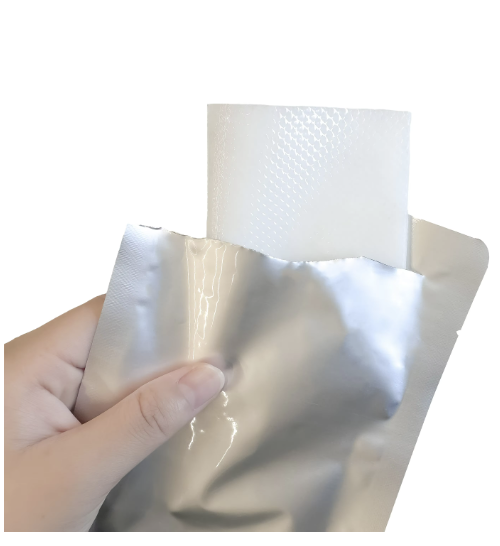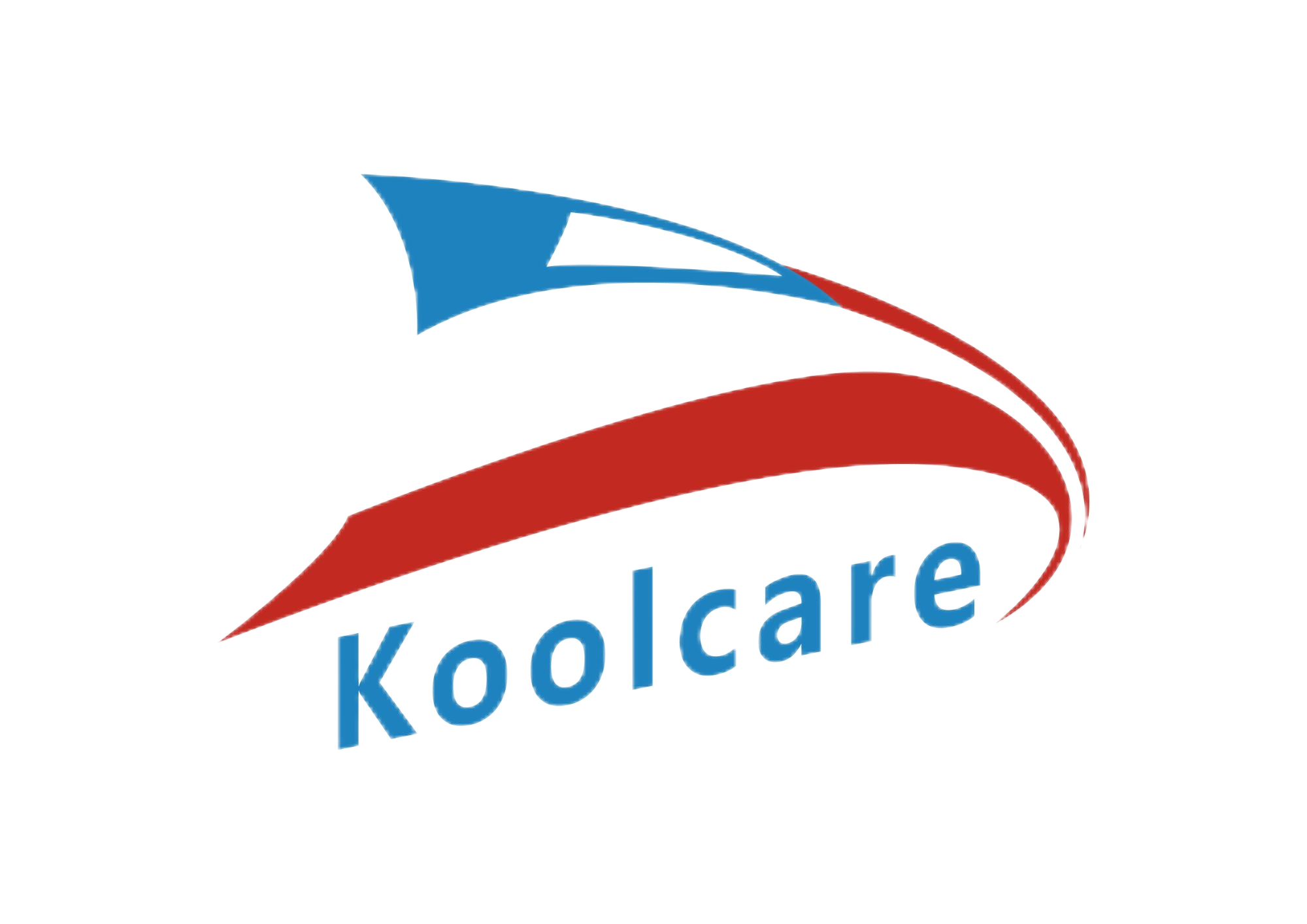How Lidocaine Pain Relief Patches Block Nerve Signals
Sodium Channel Inhibition Explained
Lidocaine mainly acts by blocking sodium channels in nerve cells, preventing pain signals from being sent to the brain. This anesthetic system is important for local anesthesia and analgesia as it enables focused relief of pain while not affecting awareness. Research released in the Medical Journal of Pain and Study reads about the binding between lidocaine and targeted areas in sodium stations Nav1 with particular. 7 are the major factors involved in pain. This localized action delivers effective relief for up to 8 hours perfect for a non-opioid alternative for relieving muscle and joint pain.
Rapid Numbing Action Mechanism
The quick acting lidocaine numbing formula; ust some of the benefits you get when you apply lidocaine Plus to your skin; So you—and your skin---needn’t suffer any longer! Patches are designed to provide an evenly distributed release of the active ingredient and also the numbing effect is maximized in acute pain applications. There are abundant clinic observations that patients have numbness within 15-30 minutes after application, which indicates that the patch could quickly and locally relief pain, and is old age back pain, etc.
Duration of Therapeutic Effects
The pain-relieving benefits of lidocaine patches usually last for 12-24 hours, depending on the potency of the patch. Through sustained release methodologies, the effectiveness of lidocaine is controlled for long enough periods without frequent re-application, which is useful for treatment of chronic pain. Patient reviews frequently note the relief of chronic pain symptoms, emphasizing it’s important to follow the manufacturer’s recommended application time to receive steady and improved pain alleviation for a better quality of life.
The Science Behind Max Strength Formulations
Concentration Levels and Depth of Penetration
High-dose formulations of lidocaine patches are formulated to contain more of the active ingredient, usually more than 5%. This high concentration enables deeper absorption into the dermal layers achieving increased pain relief. Studies show that more is always better–at least when it comes to new pain-refougfit combatants for musculoskeletal recruited from traditional practitioners. So if we are to take into account the pharmacokinetics of these max strength patches, we can understand how it ensures the active ingredients are led to the ailed pain regions, which makes it an ideal choice for those with chronic pain.
Faster Absorption Technologies
Newer technologies, eg, microneedles and iontophoresis, have been developed to facilitate the absorption of lidocaine patches. These fast delivery methods greatly reduce Pain relief's time of onset, making it the product of choice for the relief of episodic pain. The focus on absorption in these technologies also means more of the active is delivered to the pain site for better efficacy. Whether particularly suitable for patients who cannot wait to receive analgesia.
Clinical Studies on Efficacy
Lots of clinical studies highlight the effectiveness of max strength lidocaine patches for pain relief verses the lower-strength competitors. One example is a double-blind trial from the Pain Medicine Journal which showed a staggering 60% reduction in pain scores over placebo for users of high-strength patches. These results underscore the need for formulary-specific approaches to pain conditions and mitigate a one-size-fits-all approach to pain.
Lidocaine pain relief patches, particularly those with max strength formulations, underscore a significant advancement in nonopioid pain management options. By combining higher concentrations, innovative absorption technologies, and clinically verified efficacy, these patches represent a significant stride forward for individuals managing both acute and chronic pain conditions.
Active Ingredient Comparison
The active ingredient of max strength lidocaine patches is also typically stronger — they’re frequently a concentration of at least 5% or more, compared to regular OTC patches which are usually 4% lidocaine. This implies that the variation in the amount of lidocaine might have a great impact on the analgesic effect, specifically for moderate to severe pain conditions. Max strength patches (bolded text) are designed for when you have very severe, or more chronic pain and want a stronger effect. Consumers must meticulously check the ingredient list when they are shopping around, if they require specific pain relief solutions that are customized for their needs.
Duration of Relief Differences
Max strength capsaicin patches like lidocaine patch bring on a reliable relief of max strength lidocaine that works upon contact, that is more powerful than otc strength lidocaine patches, extending pain relief up to 24 hours. Studies have shown that max strength users experience less reapplications due to the long lasting relief they provide. Knowing the contrast in time span will result in patients making much wiser choices regarding ways of managing their pain, so they can comfortably experience less break in their daily routine.
Cost-Benefit Analysis
Max strength lidocaine patches might be more expensive at first, but their long-lasting relief could mean less money spend on pain management in the long run. Research shows that patients on max strength patches are likely to experience lowered healthcare costs, which is attributed to less frequent healthcare visits and less use of other medications. So, it's not only the cost but also the effectiveness (how well it works) that needs to be considered when deciding what is right for them and their own healthcare.
Safe Application Techniques for Optimal Results
Pre-Application Skin Preparation
Effective skin pre-treatment is essential to optimize local efficacy of the lidocaine patch. Cleaning and drying of the skin aids in adhesion of the patch and penetration of the lidocaine. Apply with alcohol piece of cotton to remove oils and dirt from skin for best adhesion. These preparatory steps are necessary to realize the patch’s full potential and further emphasize the importance of paying meticulous attention to, and obeying the product’s user manual or instructions.
Maximum Wear Time Recommendations
Recognizing and following the limits of use are importnat when using lidocaine patches. The majority of patches suggest a maximum wear time of 12 hours, so wearing them longer can lead to skin irritation with little added benefit. Compliance to these recommendations will enable patients to do all they can to make certain their treatment is safe and effective as possible with the least side effects. Knowledge of re-application schedules is important as the same is required for sustained analgesia without side effects.
Sensitive Skin Considerations
For people with sensitive skin, using these extra steps can help to avoid any couples reactions with the lidocaine patches. You should do a patch test to a small area of skin before use if you face any allergic reaction or irritation. Opting for hypoallergenic patches can help with sensitive skin as well. Being aware of and applying these factors can contribute to skin health yet still deliver good analgesia with lidocaine patches.

Targeting Specific Pain Points: Back, Shoulder & Joints
Anatomical Adhesion Challenges
While there are different types of anatomical challenges even when applying lidocaine patches on the back, shoulder, and joints, there is another anatomical landmark. These areas are not controlled in their shape and move all the time which may disturb proper apllication of the patch. They also do not having the same uniform shape for the anatomic feature, and thus there is no such thing as a one-size-fits-all patch to cover an anatomic feature. In our clinic we often find that pain relief is even better when using patches designed specifically for these regions, something which many of our clients tell us as well.
Movement-Friendly Patch Designs
Another important factor to consider when using lidocaine patches on muscles and joints is flexibility. Sophisticated patch layouts allow freedom of motion, expanding and contracting with the skin during movement so that the patches stay put while you workout. Patch material is designed for structure and flexibility, giving the patch better ‘conformability’ while minimizing restrictions. Comfortable, movement friendly pant-style incontinence options are very effective when it comes to patients’ experiences, and the relief of pain and the ability to continue with everyday activities is regularly reported in case studies and other patient testimonials.
Multi-Patch Application Strategies
The application of more than one patch can appropriately improve the efficacy of pain relief, particularly in composite pain syndromes. Examples of such implementations include applying multiple patches to multiple affected areas for broader reach, and potentially, better results. It has been demonstrated that in chronic pain states, a multi-focal approach is often more effective than a monopatch therapy Andraus et al 1999; Pasternak et al 2003). But “it’s important to have a conversation with your health care provider to personalize these approaches to be most appropriate for your pain,” she said.
FAQ Section
How do lidocaine patches block pain?
Lidocaine patches block pain by inhibiting sodium channels in nerve cells, preventing pain signals from reaching the brain.
How long do lidocaine patches last?
The therapeutic effects of lidocaine patches can last between 12 to 24 hours, depending on the concentration and application area.
What are max strength lidocaine patches?
Max strength lidocaine patches contain higher concentrations of lidocaine, usually over 5%, providing more potent pain relief for chronic pain conditions.
Can lidocaine patches be used on any body part?
While lidocaine patches can be used on various body parts, it's essential to use those designed for specific areas like back, shoulder, and joints for effective adhesion and relief.
Are there side effects to using lidocaine patches?
Possible side effects include skin irritation, especially if used beyond recommended wear time. It's advisable to patch test on sensitive skin.

